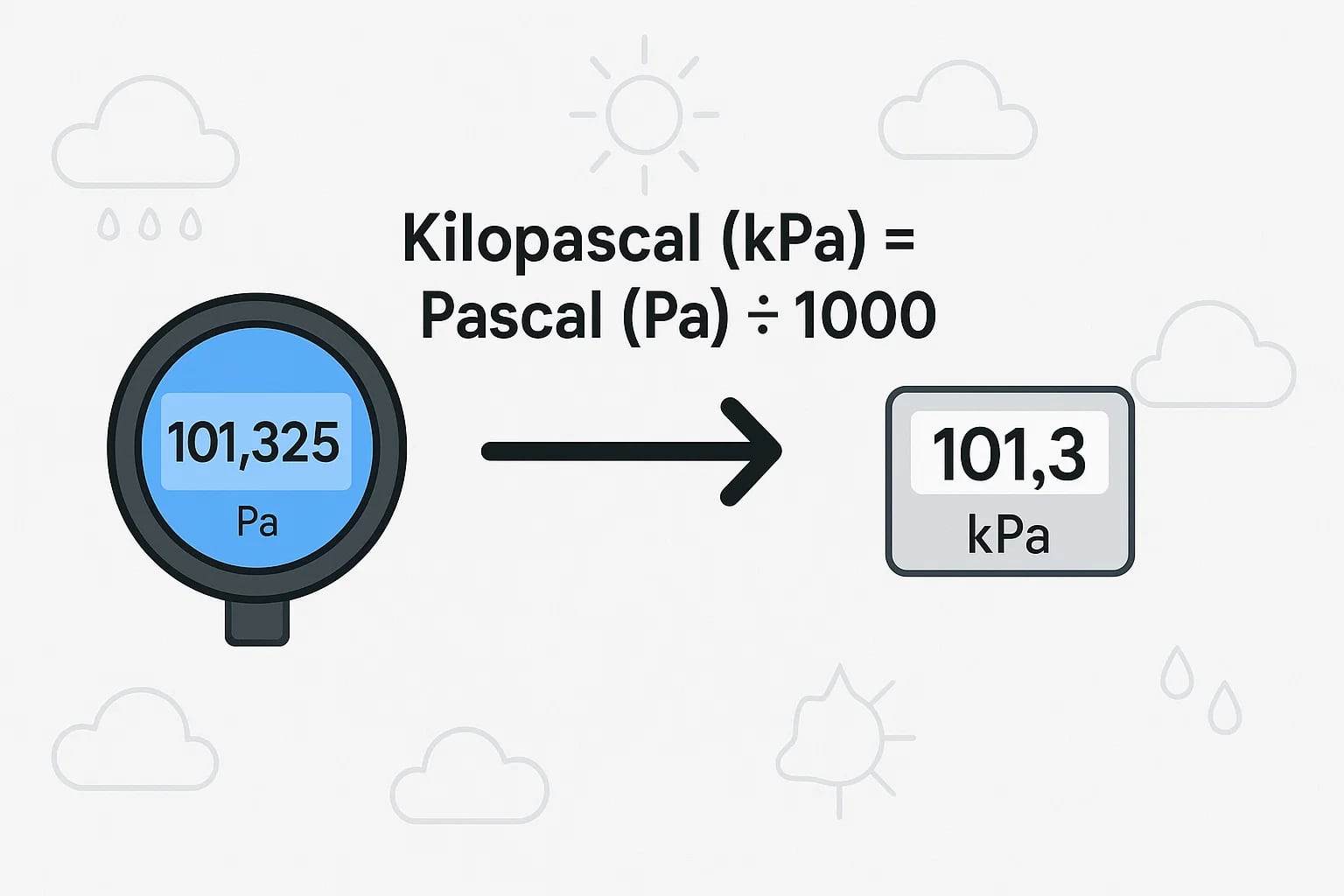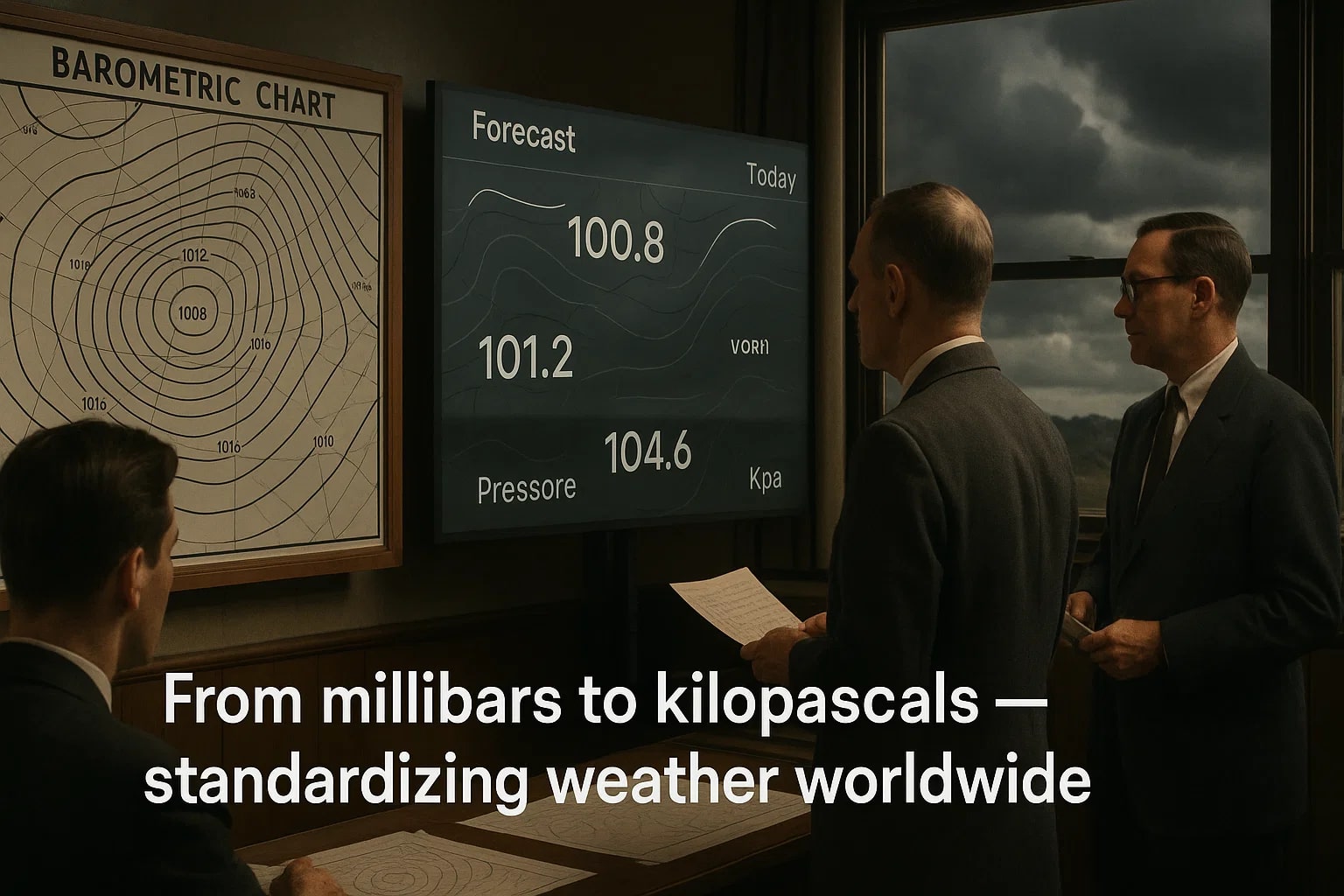pascal to kilopascal – How to convert Pa to kPa
The pascal (Pa) is the SI base unit of pressure, widely used in physics and engineering. The kilopascal (kPa) is a more practical form, especially in meteorology, medicine, and hydraulics. Converting pascal to kilopascal makes small units easier to handle and connects laboratory data with real-world applications.

What is a pascal (Pa)?
A pascal equals one newton per square meter. Though exact, it is a small unit, so pressure in daily life is usually expressed in larger multiples.
What is a kilopascal (kPa)?
A kilopascal equals 1,000 pascals. It is commonly used in weather forecasts, engineering, and healthcare. For example, normal atmospheric pressure at sea level is about 101.3 kPa.
How to convert pascal to kilopascal
Kilopascal (kPa) = Pascal (Pa) ÷ 1000
Example:
Kilopascal = 50,000 Pa ÷ 1000 = 50 kPa
For faster conversions, try the Conversion Tools on Jetcalculator. You can also explore related utilities like the Speed Converter.
Do you know?
-
About pascal: A single sheet of paper resting on a table exerts about 1 Pa of pressure on the surface below.
-
About kilopascal: Blood pressure is sometimes expressed in kilopascals. A normal systolic pressure of 120 mmHg is equal to about 16 kPa.
Weather Reports and the Rise of kPa
In the mid-20th century, meteorologists traditionally reported pressure in millibars. With the adoption of SI units, many countries — including Canada and Australia — transitioned to kilopascals. Weather forecasts began reporting pressure in both units for a period, helping the public adjust.
This change standardized weather data worldwide, ensuring forecasts could be compared across nations. Every time we convert pascal to kilopascal, we’re participating in this effort to keep data consistent and communication clear.

Scaling Pressure for Daily Life
The formula is simple: divide pascals by 1000. Yet converting Pa to kPa makes science more practical, turning tiny numbers into values we can easily relate to. From blood pressure checks to weather maps, this conversion keeps pressure understandable, measurable, and useful in everyday life.

